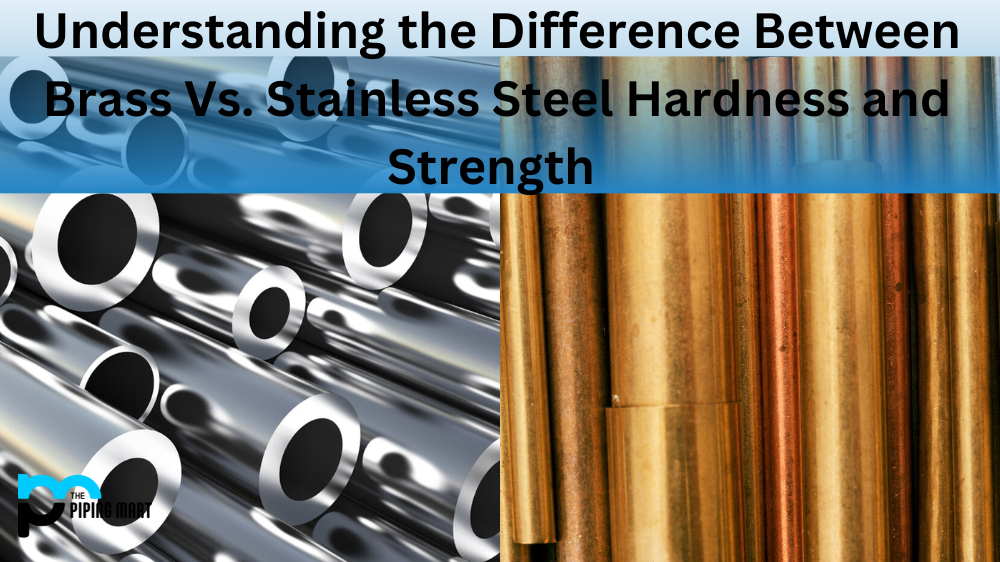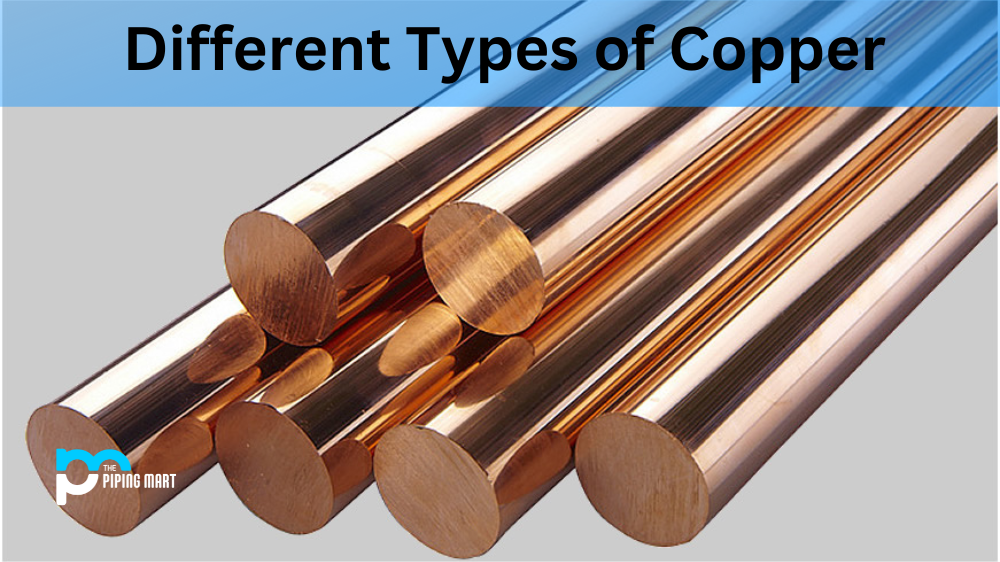Regarding metal materials, brass and stainless steel are two of the most popular choices for many projects. While both materials offer several benefits, there are important differences between them regarding hardness and strength. Let’s explore the important ways brass and stainless steel differ in hardness and strength.
Hardness
When it comes to hardness, brass is harder than stainless steel. It is made up mainly of copper and zinc, while stainless steel is composed mainly of iron, chromium, nickel, manganese, and other metals. Brass has a greater resistance to corrosion than stainless steel due to its higher copper content. However, brass is more easily scratched than stainless steel due to its higher zinc content.
Strength
Brass is also stronger than stainless steel in terms of the tensile strength (the maximum amount of tension that can be applied before breaking). The tensile strength of brass ranges from 40-85 ksi (thousand pounds per square inch), depending on how much zinc is present in the alloy. In comparison, the tensile strength of stainless steel ranges from 50-90 ksi. This means that brass can withstand more tension than stainless steel before breaking or failing under pressure.
It’s important to remember that these measurements can vary depending on the specific type of alloy used in each material. For example, some forms of brass have higher levels of zinc, making them even harder than other forms with less zinc content but lower hardness overall.
Conclusion:
When considering which material to use for your project – whether a tool or machine part – you need to consider the hardness and strength characteristics discussed above to make an informed decision about what will work best for your particular situation. Both materials offer unique advantages that make them suitable for different applications based on their individual properties, such as hardness and strength; however, you should always consider your specific needs before selecting either one over the other for a given project or task. By doing so, you will be sure to choose the right material for your needs!

Pipingmart is B2B portal specializes in industrial, metal and piping products. Also, share latest information and news related to products, materials and different types grades to help business dealing in this industry.




